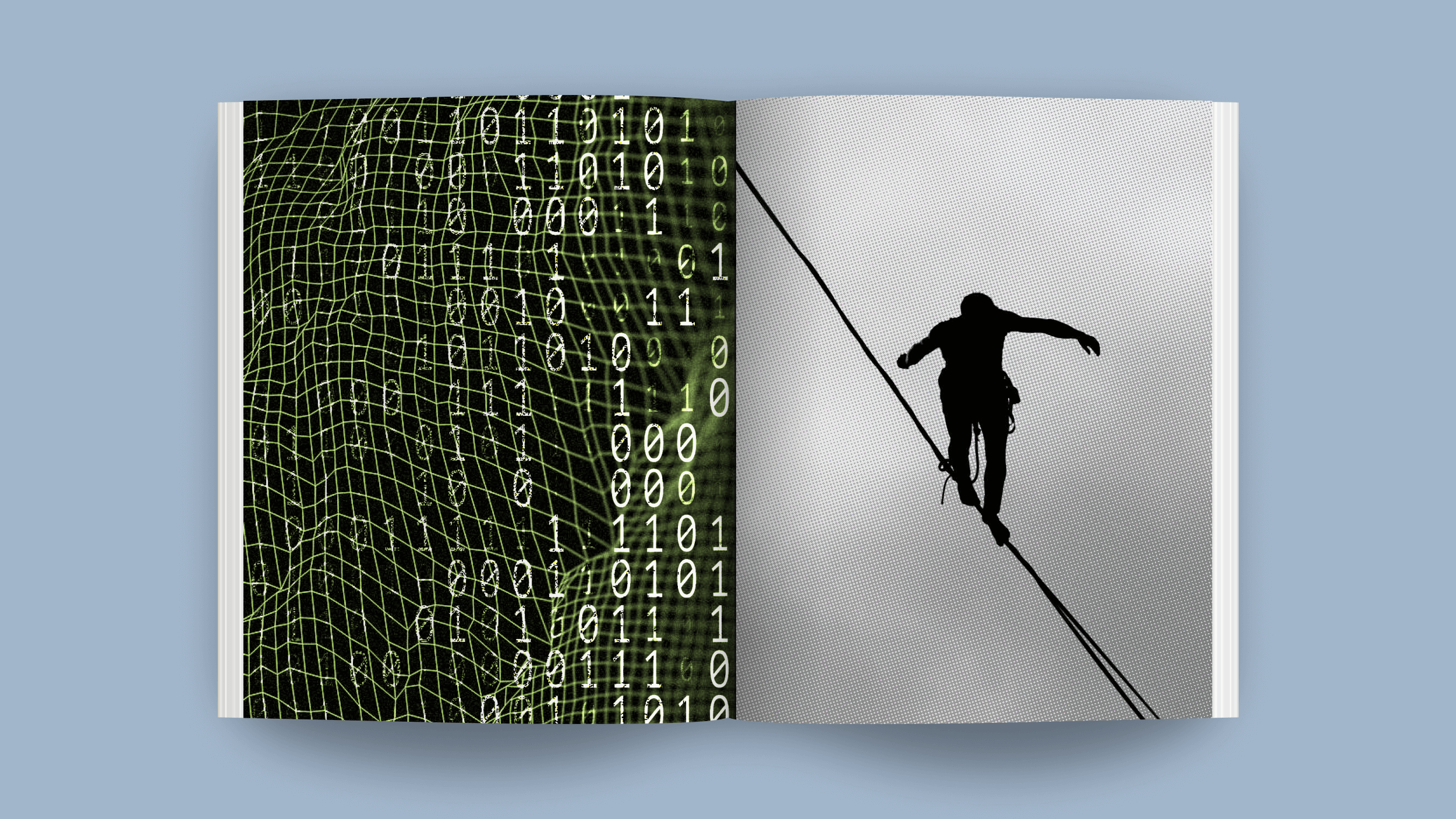Chief Marketing and Knowledge Officer for Booz & Company Tom Stewart on the hidden risks and hidden opportunities associated with living in a carbon-constrained world.
A few years ago, I was actually talking to a guy who is on the Board of five companies; which corporate government people might tell you were too many. And I asked him what issues he was hearing. This is about 2, 3 years ago. And he said, for the first time in my life I'm hearing really serious board-level conversations about sustainability and corporate social responsibility that are more than lip service, more than, oh we got to keep these NGOs from harassing us too much, that we're really engaged.
Tom Stewart, Chief Marketing and Knowledge Officer of Booz & Company.
There was a very interesting study that was done in 2003 by the World Resources Institute in conjunction with a Swiss, financial firm call Sustainable Asset Management, in which they took a look at the world's automobile companies and they plotted them on your classic 2x2 matrix as to how much risk they would face in a carbon-constrained world, and how much opportunity they would get from a carbon-constrained world. And what they found by looking at quality of management products in the pipeline so on and so forth, up in the upper right hand quadrant where you would find the least amount of risk and the greatest amount of opportunity, were Toyota, Nissan, Renault and I think Honda was just off, just on the edge of that upper right hand quadrant. Down to the lower left where you have the least opportunity in the greatest risk where I think BMW, Ford, General Motors and so on and so forth.
That was 2003, it's now six years later. I think that the shareholders of those companies that were in the upper right hand quadrant are a lot happier than the shareholders, or maybe I should say now the bondholders, of those companies that where in the lower left hand quadrant.
There is pretty good evidence that you can actually understand the long-run opportunities and the long-run risks, and that it's worthwhile for your company and for your investors to take action on that insight.
I think part of it is driven by issues of globalization. Because suddenly when you're working in a number of markets, some of them are emerging, some of them are fully developed, the status and role of the corporation in society is different and the old models seem to require a much more board-level and proactive, if you'll forgive the jargon, approach from a company.
The way I've seen it mostly play out is, and a most intensely play out right now, is in the area of climate change and carbon and what are we going to do to move to a low carbon economy or at least a carbon constrained economy. And there's a little framework that I like to think of using which is that which is use by John Holdren, who is formerly of Harvard and now an adviser to the Obama administration.
When it comes to climate change, there are three things that are going to happen. There can be mitigation, trying to prevent it. There can be adaptation, or there can be suffering. And the more you mitigate, the less you have to adapt, and the more you can mitigate and adapt, the less you have to suffer, but there's going to be something along all three.
Now, it's well above my pay grade to think about that on a global policy level, but you can also adapt that same little model to a company or to an organization. What can I do to mitigate my contribution to global warming, to mitigate my carbon footprint and so on and so forth? What can I do to adapt to a carbon-constrained world? And what can I do if I'm going to end up suffering from a carbon-constrained world, and how do I deal with that? It's with that framework that I think that CEOs and boards need to be looking at a series of very high-level questions that are much more than, should I take out the incandescent light bulbs and screw in the compact florescent light bulbs? But really are five enterprise wide board-level issues that will help them think about their role in a carbon-constrained world, how to mitigate, adapt and avoid suffering in it. And, by extension, this is actually some model I think that can apply to most of the sustainability issues that you'll see.





